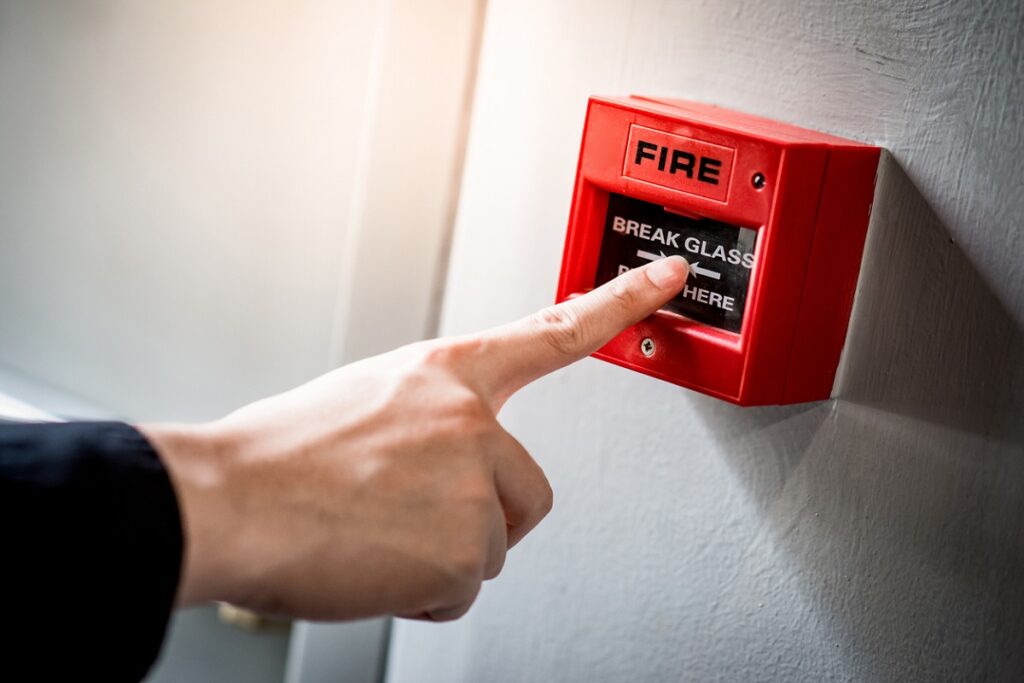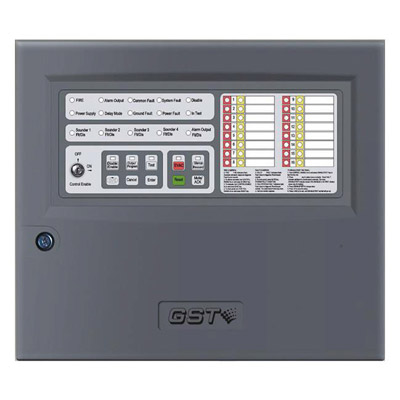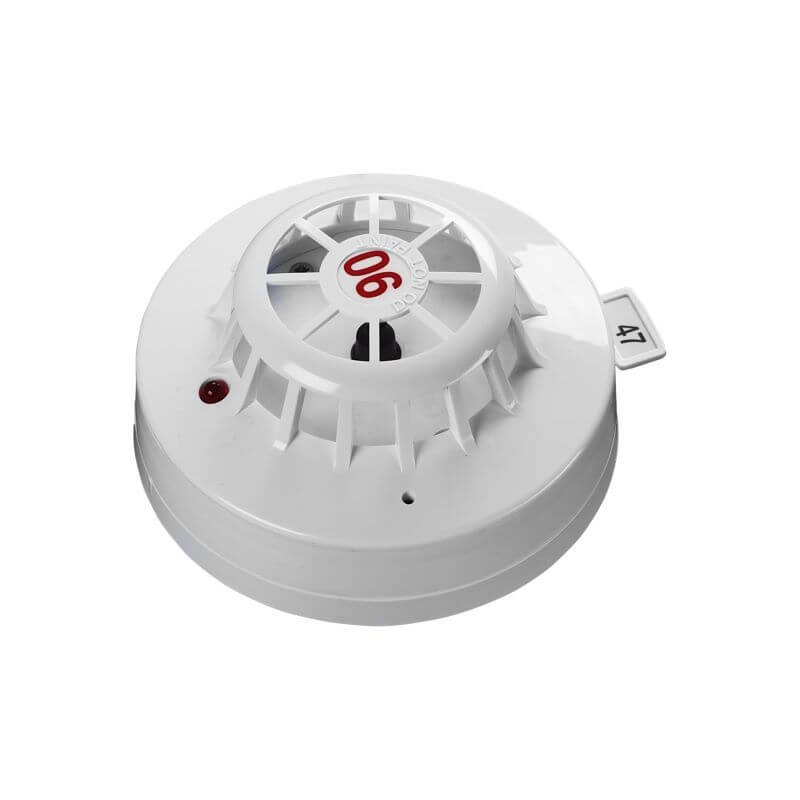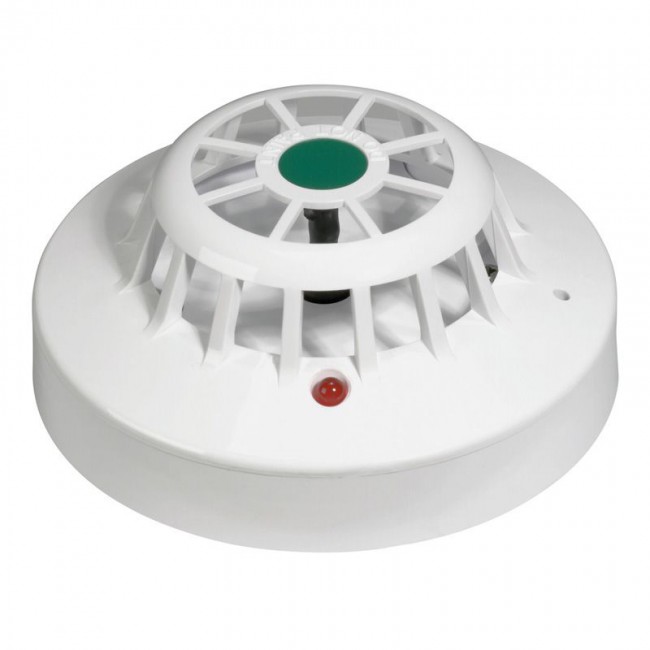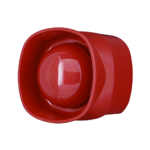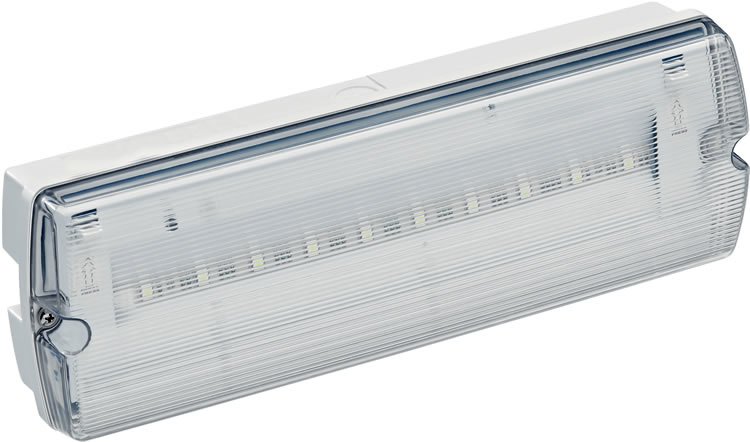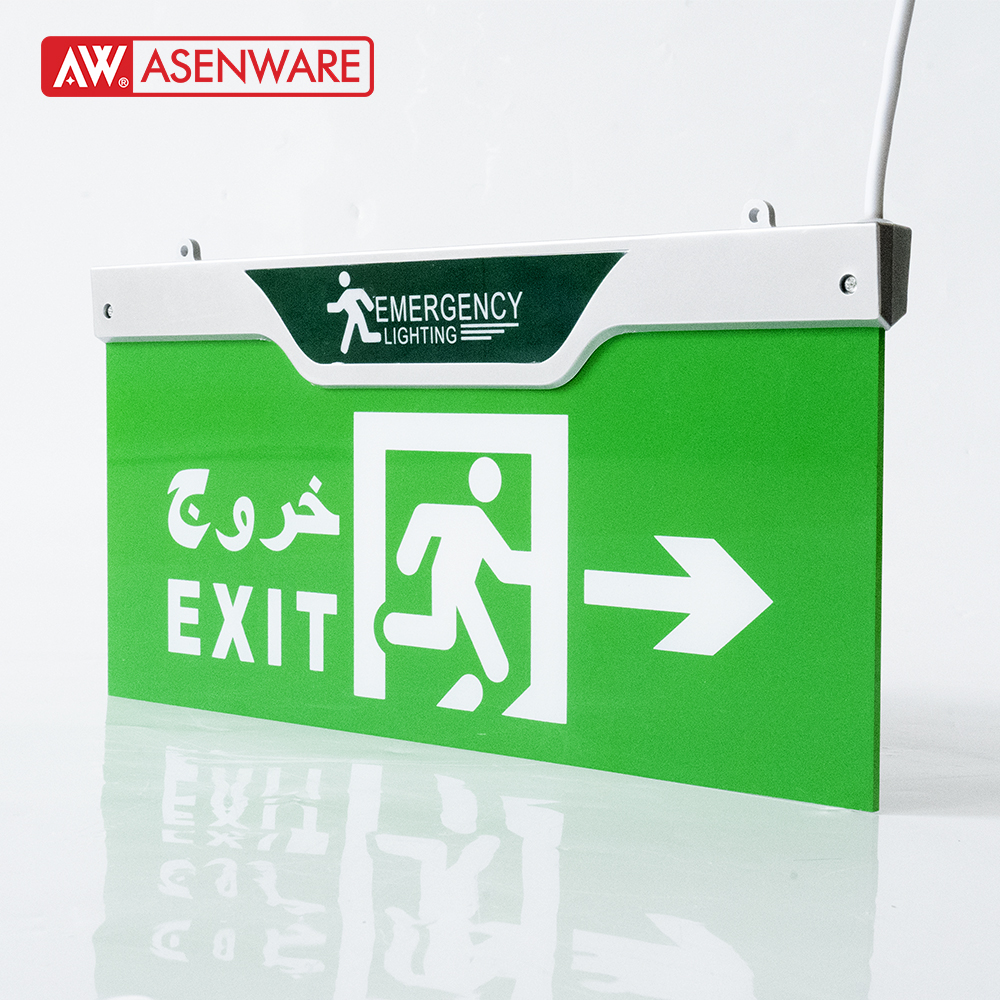FIRE ALARM SYSTEM
Fire Control Panel
Intelligent Fire Alarm Control Panel (FACP) is designed to comply with EN 54-2 standard with qualities of simple installation, operation, and easy maintenance. It is used in fire alarm system with the following features: It controls at most 30 zones. Each zone has its own alarm and fault/disable LEDs and a label. Maximum two Class A loops. The first loop can have up to 235 addressable devices, and the second up to 242 devices. It is compatible with a series of addressable GST products, which are intelligent sounder strobe (I-9403) complying with EN 54-3, rate of rise and fixed temperature heat detector (I-9103) complying with EN 54-5, photoelectric smoke detector (I-9102) complying with EN 54-7, intelligent manual call point (I-9202) complying with EN 54-11, intelligent reflective beam detector (I-9105R) complying with EN 54-12, input and output module (I-9300, I-9301) complying with EN 54-18, and loop isolator (C-9503) complying with EN 54-17.
1. The LCD can display 8 lines in total and 18 characters each line, assisting the 15 LEDs in displaying important information.
2.The memory does not lose data even if power supply is accidentally removed.
3.It has manual keys for each zone, which can activate/silence the sounder strobes separately.
4.Automatically prompting operation steps for every alarm device and for smoke exhaust and fire extinguishing equipment by field programming.
5.Sounder strobe interface provides 0.5A/24V output, compatible with GST conventional sounder strobe (C-9403) designed according to EN 54-3.
6.RS232 interface enables communication with PC.
7.RS485 interface enables networking.
Fire Detectors
A fire detector is a device that detects the presence of a fire. This can be done in several ways, including the following:
- Smoke detectors use an optical or electrochemical sensor to detect smoke.
- Combustible gas detectors use an electrochemical cell or catalytic sensor to detect combustible gases in the air.
- Ionization smoke detectors are capable of detecting large and small particles in the air, as well as large amounts of smoke. Disused due to the use of radioactive components.
A fire detection system is an electronic system made up of different types of devices and whose objective is to preventively detect a fire in its most incipient phase, and to issue alarm signals to the user personnel of the installation to try to prevent it from spreading.
Fire Alarm Sounders & Bells
Fire alarm bells have a more traditional look and sound, similar to rotary fire bells. When part of a fire alarm system, they will sound in unison immediately, working like an ordinary sounder.
Sounders make their noise electronically and usually come with a selection of high-pitch tones and volumes to choose from. In the event of an alarm, they will all sound in unison.
Fire Manual Call Point
A fire alarm call point (also referred to as a red manual call point or a break-glass call point) is essentially a small box, mounted on a wall which contains a button or a lever that allows you to manually trigger the fire alarm in a building.
Depending on the model of the call point you may or may not have to break a glass to reach the button that activates the fire alarm. Some of the latest designs have been adapted to use depressable plastic instead of glass to reduce the possibility of injury to the user and to discourage any acts of vandalism.
